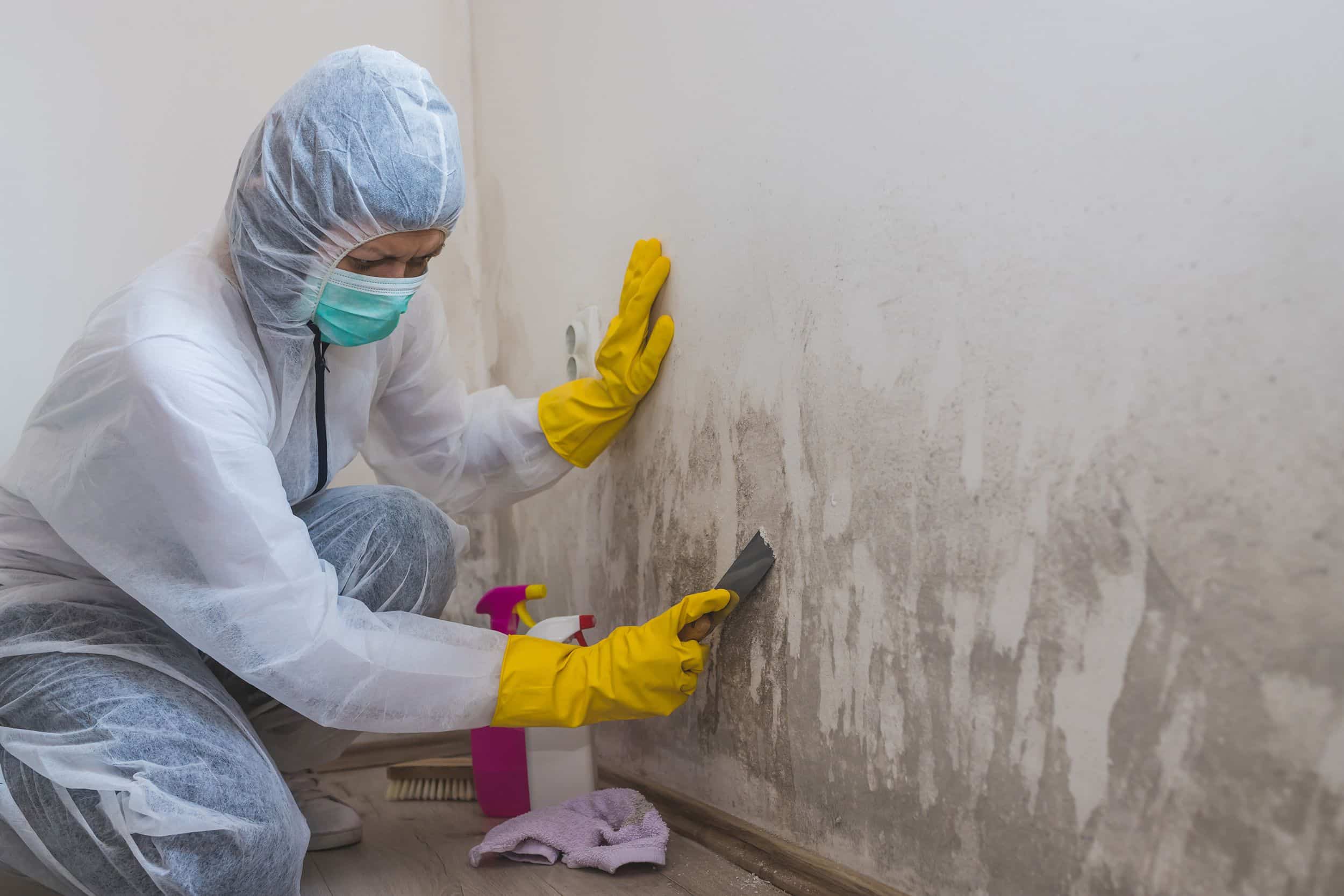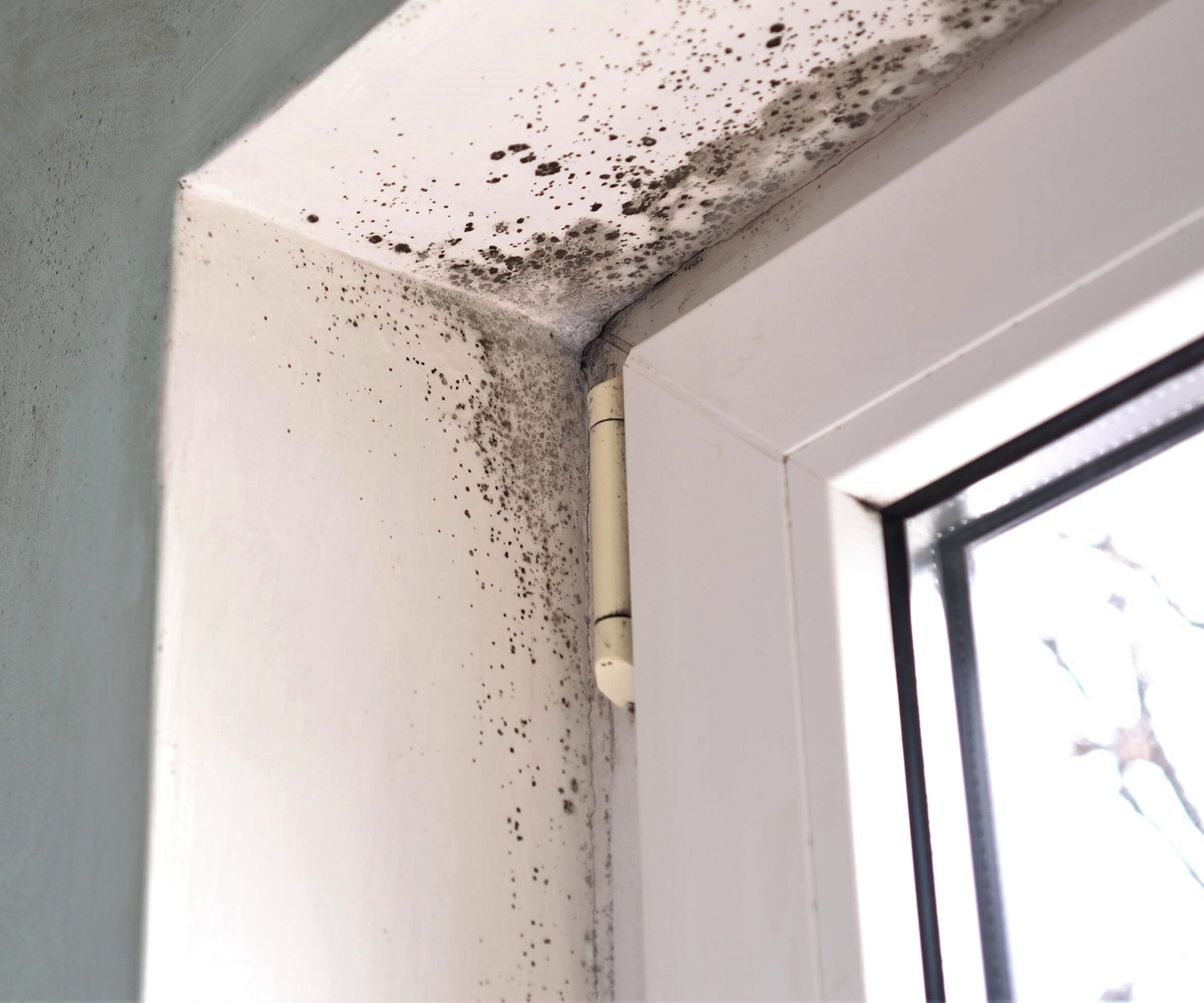Essential Actions After Mold Remediation
Essential Actions After Mold Remediation
Blog Article
Expert Tips for Message Mold And Mildew Remediation Success
In the realm of mold and mildew removal, successfully removing mold is just half the battle; the real difficulty lies in avoiding its reappearance. By adhering to skilled suggestions and ideal techniques, people can safeguard their rooms against mold resurgence and preserve a healthy and balanced indoor atmosphere.
Monitor Moisture Levels On A Regular Basis
After finishing mold removal treatments, maintaining optimal moisture levels is critical to protect against mold and mildew re-growth and guarantee a healthy and balanced indoor setting. High humidity degrees above 60% produce a favorable setting for mold to flourish, making regular monitoring an aggressive measure to protect against any future mold problems.
Furthermore, developing a routine timetable for moisture checks, particularly in risky areas such as restrooms, cooking areas, and cellars, is an aggressive strategy to mold avoidance. By consistently monitoring humidity levels, home proprietors can effectively reduce the threat of mold and mildew reoccurrence and preserve a healthy interior environment post-remediation.
Conduct Thorough Inspections Post-Remediation
Following the completion of mold remediation treatments, it is crucial to carry out thorough assessments to verify the efficiency of the remediation process. These post-remediation examinations are crucial in ensuring that the mold concern has actually been effectively attended to which there is no reappearance or remaining mold development. Inspections must be executed by qualified professionals that have proficiency in identifying mold and assessing indoor air quality.
Throughout these examinations, different techniques such as visual evaluations, air tasting, and surface tasting may be used to extensively review the remediated locations. Aesthetic evaluations involve an in-depth inspection of the premises to look for any visible signs of mold growth or water damages. Air sampling assists in identifying the air-borne mold spore degrees, while surface area sampling can find mold fragments on surfaces.
Implement Appropriate Air Flow Methods
After ensuring the performance of the mold remediation process with detailed inspections, the following crucial action is to focus on implementing appropriate ventilation approaches. Sufficient ventilation is essential in avoiding mold and mildew reoccurrence by controlling wetness levels and promoting air blood circulation. To attain this, it is recommended to utilize exhaust fans in areas susceptible to high moisture, such as washrooms and kitchens. Additionally, opening doors and home windows when weather condition permits can aid boost air flow and decrease dampness accumulation. Air dehumidifiers and cleansers are also beneficial devices in keeping ideal interior air quality.
Proper air flow not just aids in preventing mold development however also adds to the general wellness and comfort of owners. By making sure appropriate ventilation throughout the home, you can minimize the danger of mold regrowth and develop a healthier living environment. Normal upkeep of air flow systems, including cleaning and filter substitutes, is important to sustaining effective air flow. Consulting with HVAC specialists can give additional understandings into enhancing air flow approaches for your particular residential or commercial property demands.

Usage Mold-Resistant Materials for Services
To improve the long-lasting efficiency of mold remediation initiatives, incorporating mold-resistant materials for repair services is important in minimizing the threat of future mold development. Mold-resistant products are created to withstand moisture and prevent mold development, making them a necessary selection for areas susceptible to wetness and moisture. When repairing locations affected by mold and mildew, utilizing products such as mold-resistant drywall, mold-resistant paints, and mold-resistant caulking can assist prevent mold and mildew recurrence.
Mold-resistant drywall is a superb alternative to standard drywall in areas like basements and restrooms where dampness levels are higher. When exposed to damp problems, this type of drywall has an unique finish that withstands mold and mildew development also. In addition, using mold-resistant paints having antimicrobial representatives can even more hinder mold growth on ceilings and walls.
In areas where dampness prevails, such as restrooms and cooking areas, making use of mold-resistant caulking around sinks, home windows, and tubs can aid secure out water and protect against mold and mildew from holding in cracks and gaps. By buying these mold-resistant materials during repairs post-remediation, you can considerably reduce the possibility of future mold issues and keep a much healthier indoor click this site setting.
Maintain Sanitation and Address Water Issues
After mold remediation, it is crucial to preserve a tidy setting to avoid the regrowth of mold and mildew. Leakages, water invasion, or high moisture degrees can create the excellent reproduction ground for mold and mildew, so it is important to take care of any kind of water-related issues immediately.
To maintain cleanliness, take into consideration utilizing HEPA filters in vacuum cleaners and air purifiers to catch mold and mildew spores and prevent their blood circulation in the air. Ensuring appropriate air flow in locations prone to moisture accumulation, such as bathrooms and kitchens, can assist keep moisture degrees in check. By staying cautious about sanitation and dealing with water concerns without delay, you can efficiently protect against mold reinfestation and keep a healthy and balanced interior environment.
Conclusion

In the realm of mold and mildew removal, effectively eradicating mold is only half the fight; the real challenge lies in avoiding its reappearance. After completing mold removal procedures, keeping optimum moisture degrees is critical to stop mold re-growth and make sure a healthy indoor atmosphere. High moisture levels above 60% produce a favorable setting for mold to flourish, making regular keeping an eye on an aggressive action to prevent any future mold issues.
To enhance the long-term effectiveness of mold and mildew removal efforts, incorporating mold-resistant materials for repair work is critical in mitigating the risk of future mold growth. After click to read more mold remediation, it is important to preserve a clean atmosphere to protect against the regrowth of mold.
Report this page